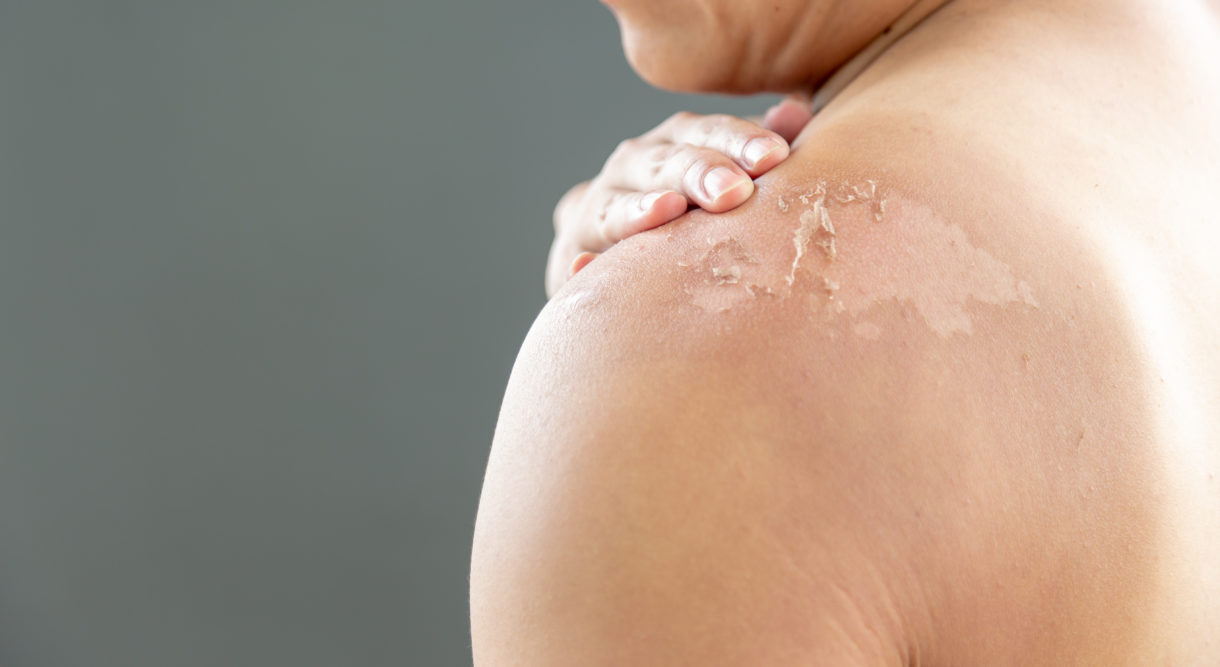Melanoma Risk Factors

What Are Risk Factors For Melanoma?
A risk factor is anything that increases your chance of developing a disease, including melanoma. Risk factors may be related to your habits, behaviors, family medical history, or environment. For example, smoking is a risk factor for heart disease and lung cancer. Exposure to ultraviolet (UV) light—both from the sun and from indoor tanning beds—is the primary risk factor for developing melanoma, and the risk grows with the amount of exposure. Sunburns at any age, but especially as a child, are a major risk factor for melanoma. By knowing your risk factors, you can take steps to reduce your chances of developing melanoma and increase your chances of finding the disease in its early, more treatable stages. Regular skin examinations, both by a health care professional and by you, may help spot a developing melanoma early, when it is more treatable.
The single most important risk factor for cutaneous melanoma is exposure to ultraviolet radiation. All of the following are risk factors for cutaneous melanoma:
UV Exposure

- Lifetime sun exposure: people who work outdoors during the day or who choose to spend much of their leisure time outdoors and are exposed to UV light are at an increased risk of developing melanoma. Intermittent exposure to intense UV rays is more strongly associated with the development of melanoma than continuous daily exposure.
- A history of sunburns: a history of five or more blistering sunburns, before age 20, greatly increases risk. A history of severe sunburns in childhood and adolescence may actually double the risk of melanoma in adulthood.
- Exposure to artificial UV light, such as tanning beds: people who choose to use tanning beds significantly increase their risk of melanoma and other skin cancers.
Learn More About Prevention and UV Exposure
Fair Skin

- Fair skin or a complexion that burns and does not tan easily.
- If you always burn and never tan in the sun, you are at much greater risk of developing melanoma, as well as other skin cancers.
- Blue or green eyes.
- Red or light-colored hair.
- High freckle density or tendency to develop freckles after sun exposure.
Moles

- A high number of moles: a person who has more than 50 normal moles has a higher risk of developing melanoma
- Five or more atypical moles.
- One unusually shaped or very large mole (dysplastic nevus). The risk increases with the number of dysplastic nevi.
- Moles present at birth. Moles present at birth are called “congenital nevi” and those born with moles have a higher risk of melanoma.
Family and Personal History

The risk of melanoma is over two times higher in people with a first-degree relative who has melanoma; therefore, it is important to know whether anyone in your family has been diagnosed. Individuals who have previously been diagnosed with melanoma are also at increased risk of developing the disease again.
A weakened immune system, due to other diseases or certain drug treatments and older age are also risk factors.
Of all the above risk factors for melanoma, only lifetime sun exposure, sunburn, and artificial UV light exposure, such as from tanning beds, are within a person’s control. Avoiding overexposure to the sun and other UV light and preventing sunburn can significantly lower the risk of developing melanoma.

